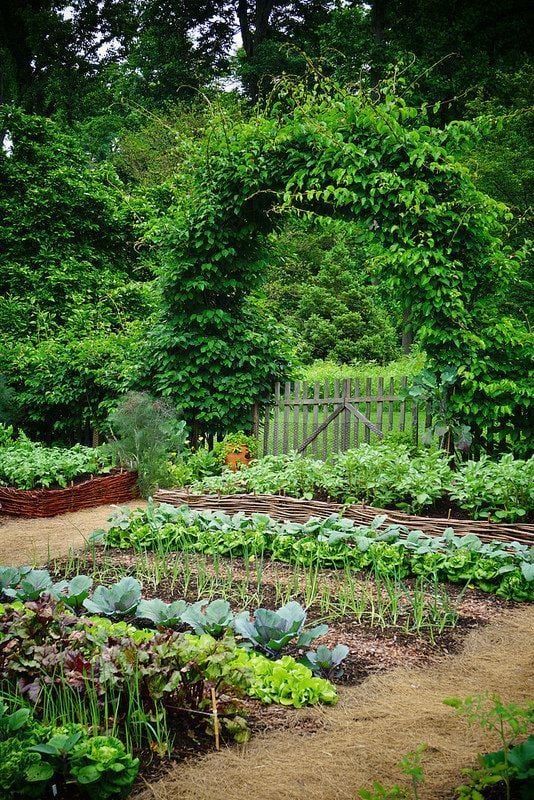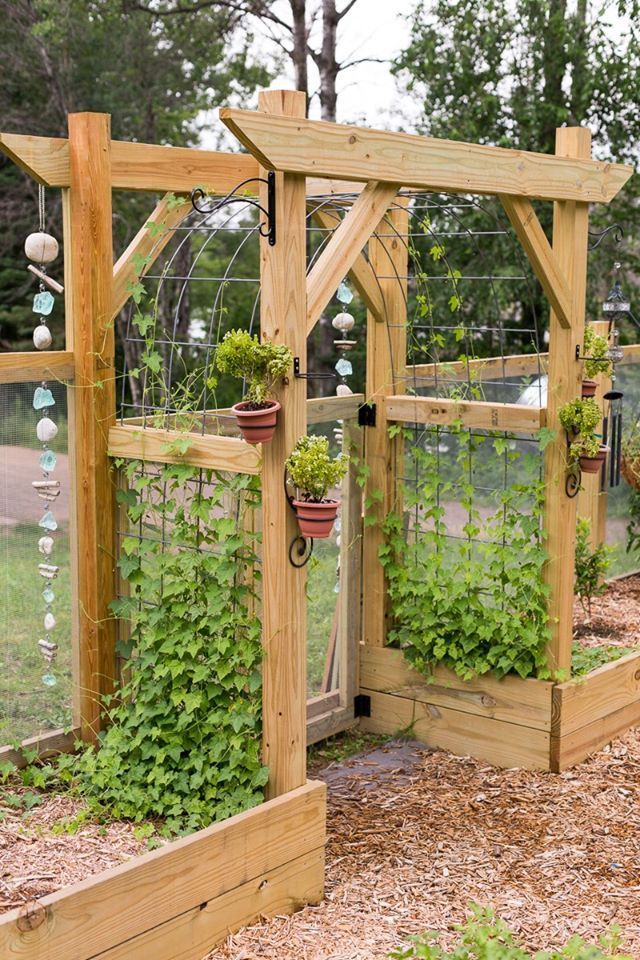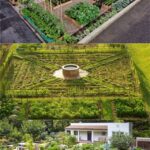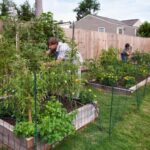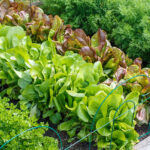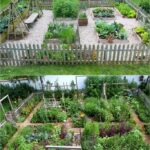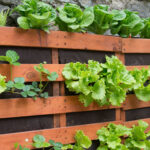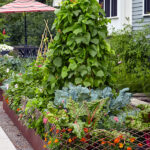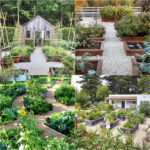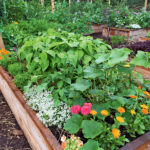When it comes to designing a vegetable garden layout, there are several factors to consider in order to create a productive and aesthetically pleasing space. One important aspect to take into account is the size and shape of the garden area. It is essential to plan out the dimensions of the garden beds, walkways, and any other features in order to make the most of the available space.
Another crucial factor in vegetable garden design layout is the orientation of the garden beds. In general, it is best to orient the beds from north to south in order to ensure that the plants receive adequate sunlight throughout the day. This layout also helps to prevent shading between rows of plants, which can hinder their growth. Additionally, incorporating raised beds can help to improve drainage and soil aeration, leading to healthier plants and higher yields.
Incorporating companion planting is another important aspect of vegetable garden design layout. Companion planting involves planting different types of vegetables together in order to maximize space, deter pests, and improve overall plant health. For example, planting basil near tomatoes can help to repel pests and improve the flavor of the tomatoes. Planning out which plants to place together and which to keep separate can greatly impact the success of a vegetable garden.
When designing the layout of a vegetable garden, it is also important to consider the accessibility of the space. Creating wide, well-defined pathways between garden beds can make it easier to navigate the space, tend to the plants, and harvest the produce. Including designated areas for tools, compost bins, and watering supplies can also help to keep the garden organized and functional.
Watering and irrigation systems are another key consideration in vegetable garden design layout. It is important to plan out how water will be distributed throughout the garden, whether through drip irrigation, soaker hoses, or traditional watering methods. Ensuring that all plants receive adequate water is essential for their growth and productivity.
Ultimately, the design layout of a vegetable garden should reflect the needs and preferences of the gardener, as well as the growing conditions of the space. By carefully planning out the size, orientation, companion planting, accessibility, and watering systems of the garden, it is possible to create a productive and beautiful space for growing a wide variety of vegetables.
